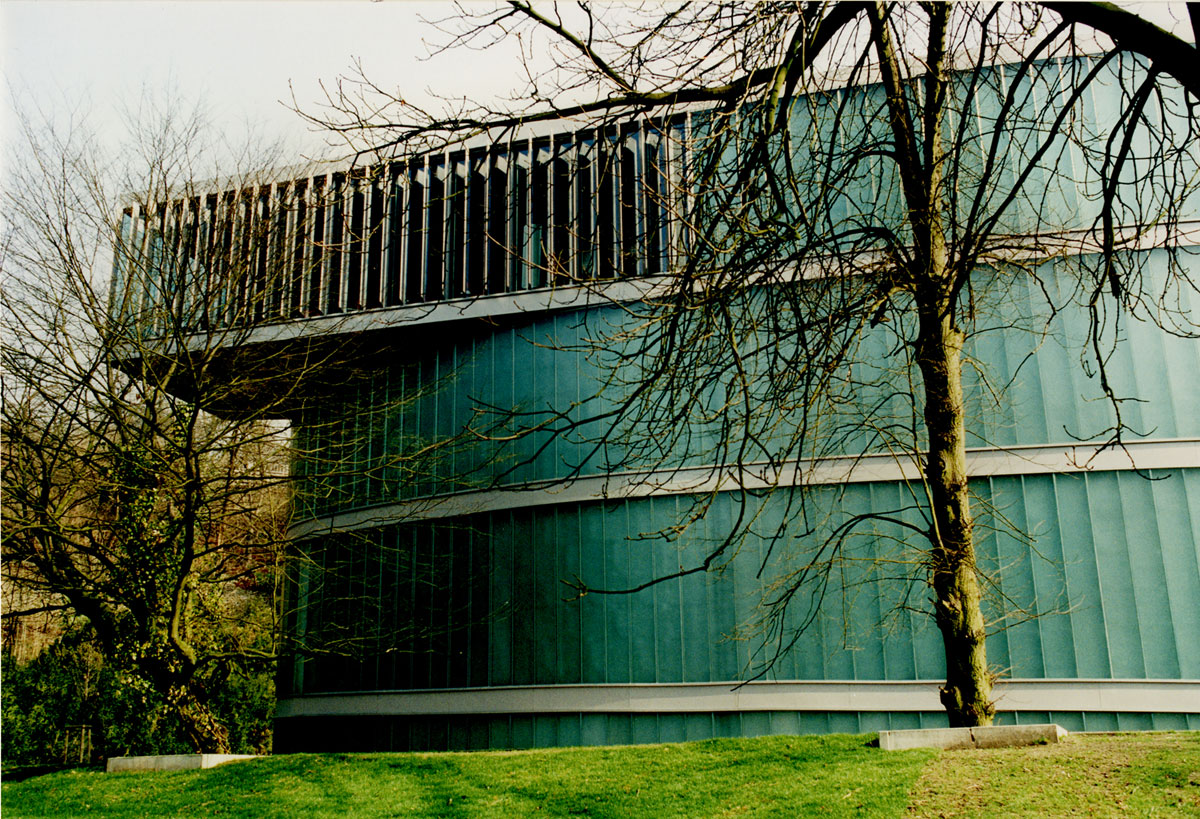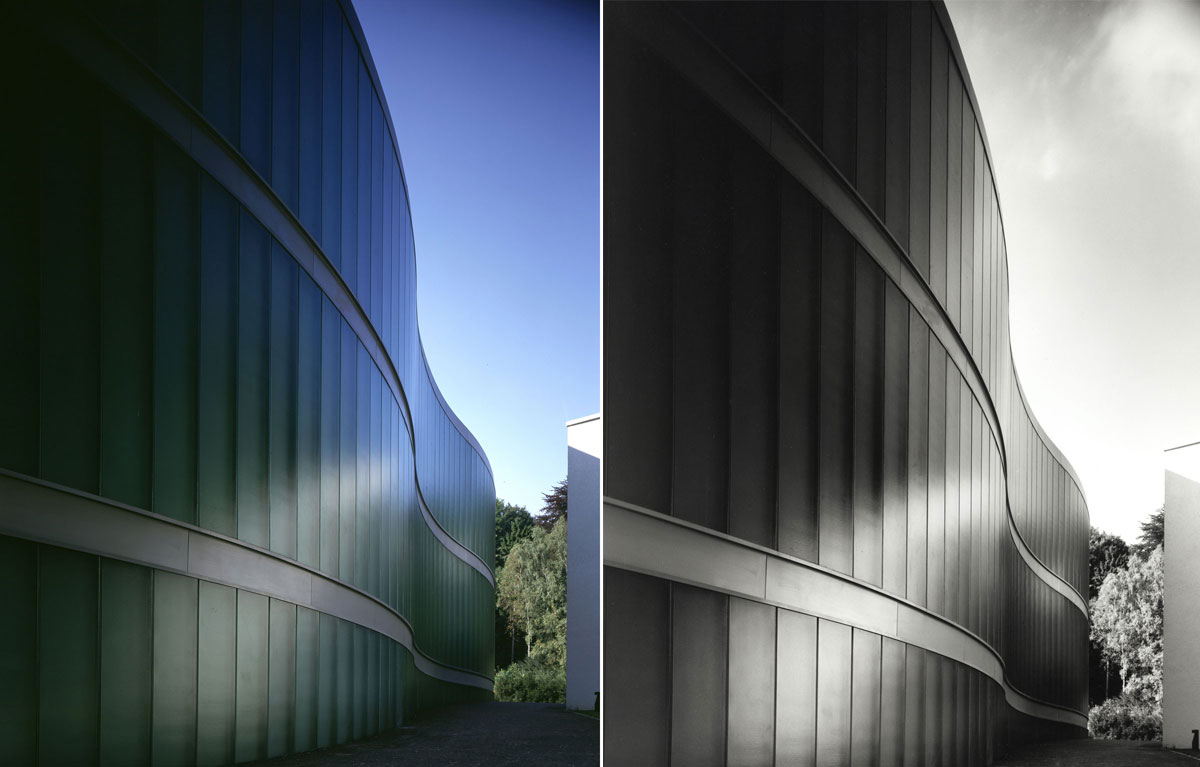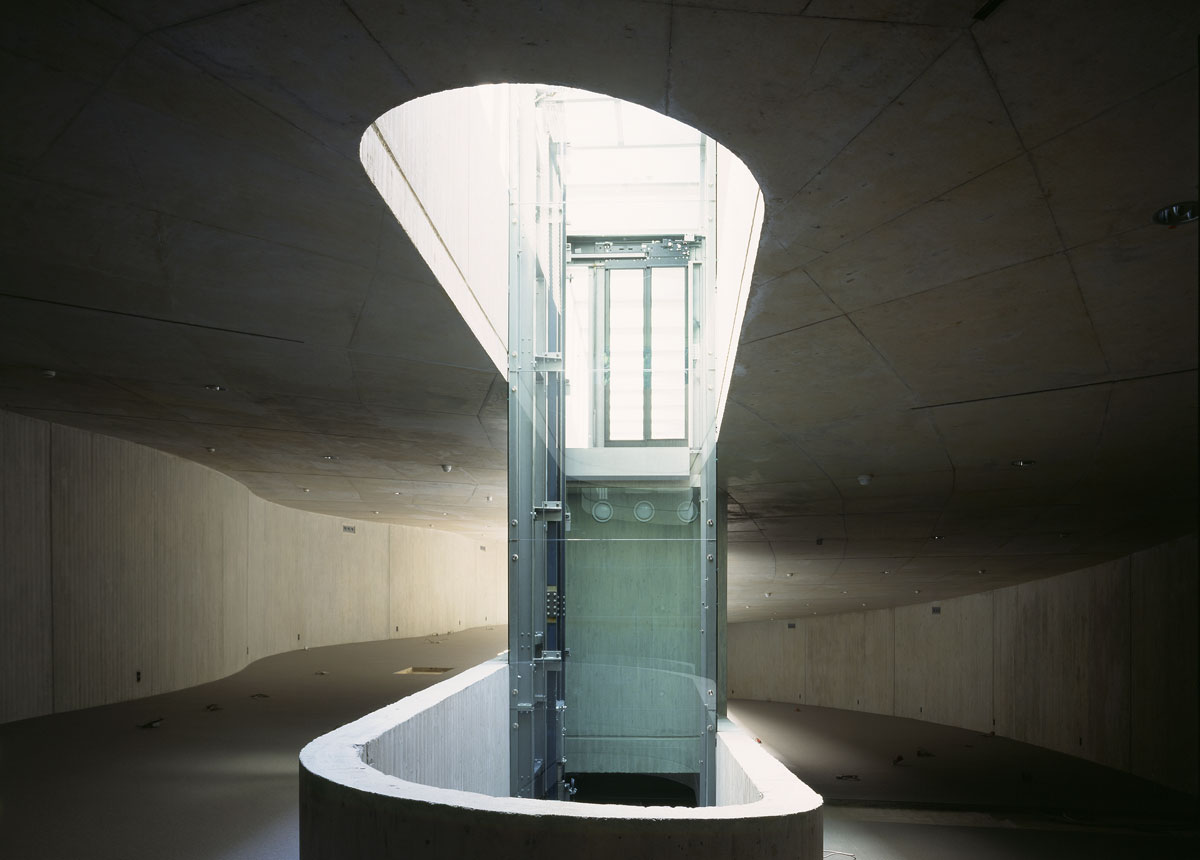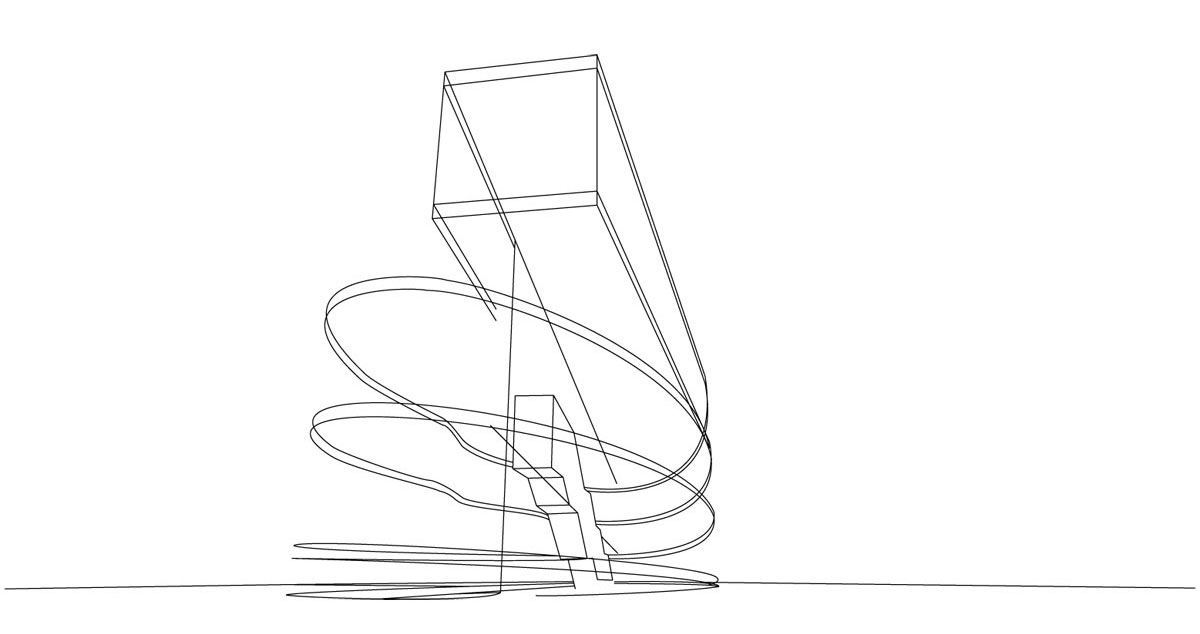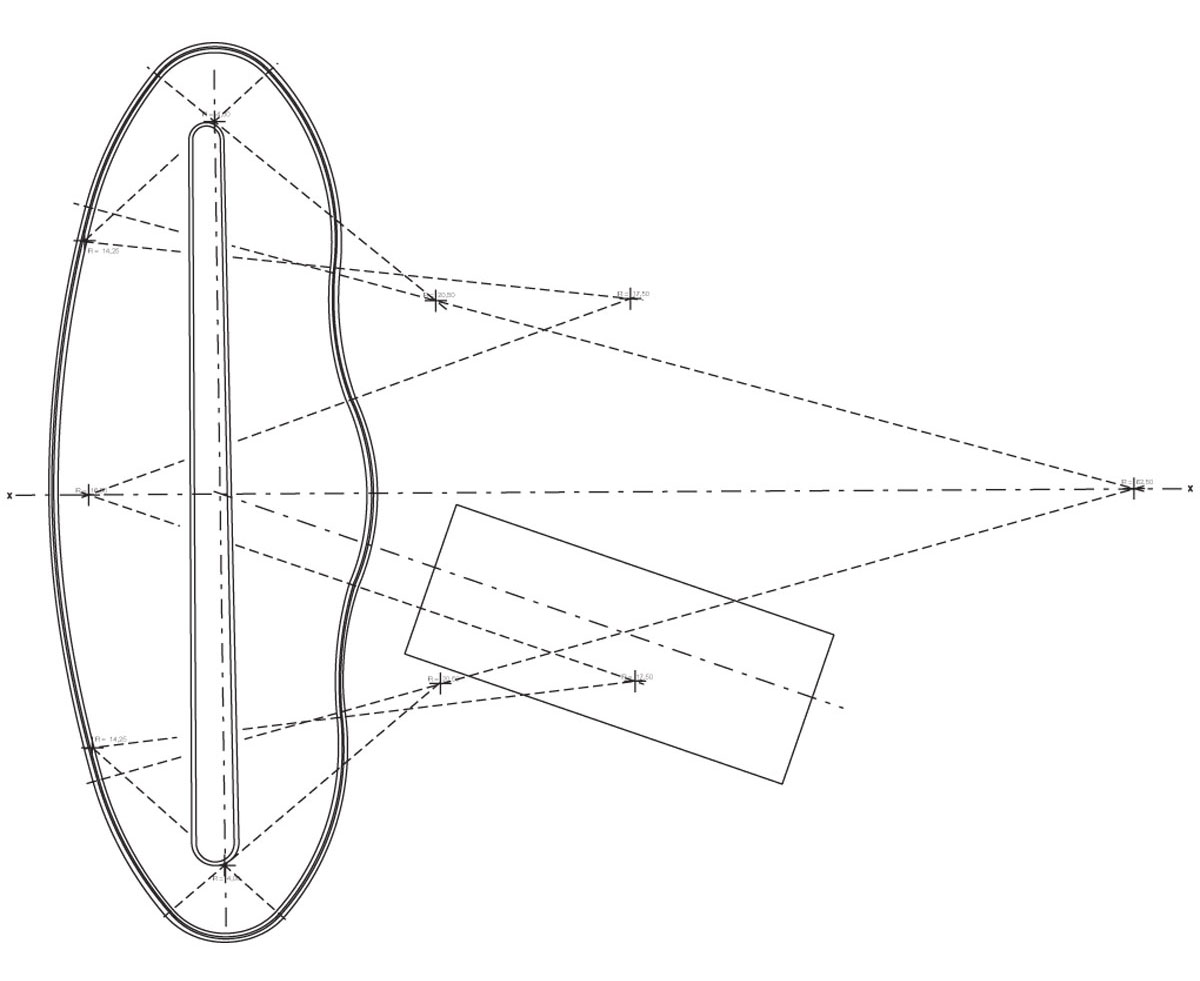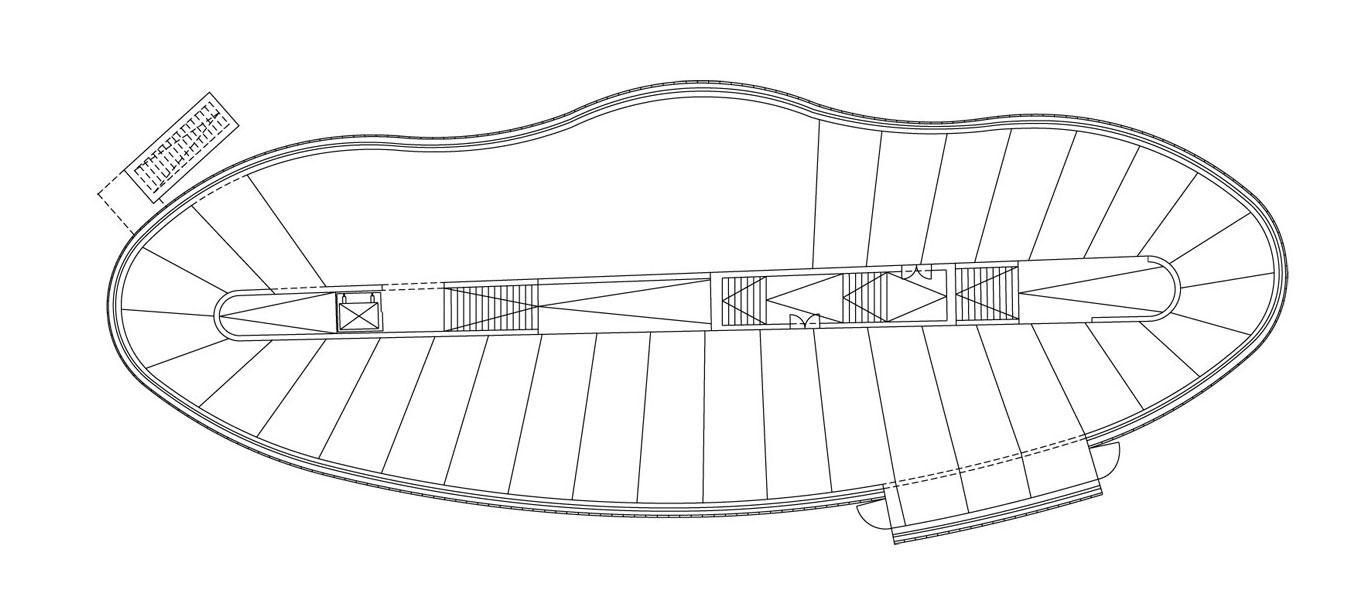The Neanderthal Museum in Mettmann was designed in 1996 by the architects Zamp Kelp, Julius Krauss, and Arno Brandlhuber. The building is located at the site of the first Neanderthal man discovery in the Neanderthal and features an exhibit centered on human evolution.
Neanderthal Museum by Brandlhuber technical information
- Architects1-2: Günter Zamp Kelp, Julius Krauss, Arno Brandlhuber | Works of Brandlhuber
- Location: Mettmann, Germany
- Area: 3,534 m2
- Costs: 6.1 Million Euros
- Main Materials: U-Glass, Concrete
- Project Year: 1996
- Photographs: © Michael Reisch
A museum of the evolution of mankind has to represent the myth of the location of the Neanderthal and the content it presents at the same time.
The loop-like ramp as a synonym for infinity is implementing a spatial parabola of the development of mankind which is understood as part of infinity.
– Brandlhuber Architects
Museum Photographs
The Design Philosophy of the Neanderthal Museum
The architectural plan for the Neanderthal Museum was selected through a competitive process in the spring of 1993, drawing 130 entries from Germany and abroad. The winning design by Professor Günter Zamp Kelp, Julius Krauss, and Arno Brandlhuber was chosen for its thoughtful representation of the site’s significance.
Situated close to where Neanderthal remains were first discovered, the museum’s design reflects the historical importance of its location. Visitors navigate the museum via a linear path that spirals upward, echoing the chronological arrangement of the exhibits. This path is facilitated by a hollow shell, diagonally anchored in the building’s solid walls, serving multiple purposes: it houses both a primary staircase and an emergency exit while also accommodating the structure’s ventilation system and providing static support.
The museum’s conceptual design embodies the myth and historical importance of the Neanderthal site while simultaneously representing mankind’s evolution. The loop-like ramp, symbolizing infinity, creates a spatial narrative of human development, perceived as part of an infinite progression.
Neanderthal Museum Plans
Neanderthal Museum Gallery

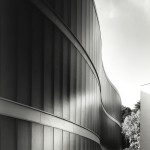
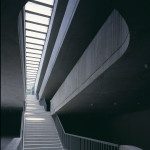
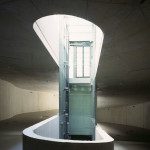
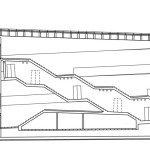
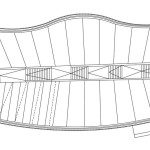
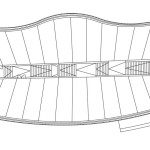


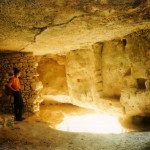


NOTES & ADDITIONAL CREDITS
- Design Team: Zamp Kelp und Julius Krauss, Arno Brandlhuber; Astrid Becker, Markus Emde, Thomas Gutt
- Client: Neanderthal foundation, Mettmann
***The article was first published on March 29, 2016.


